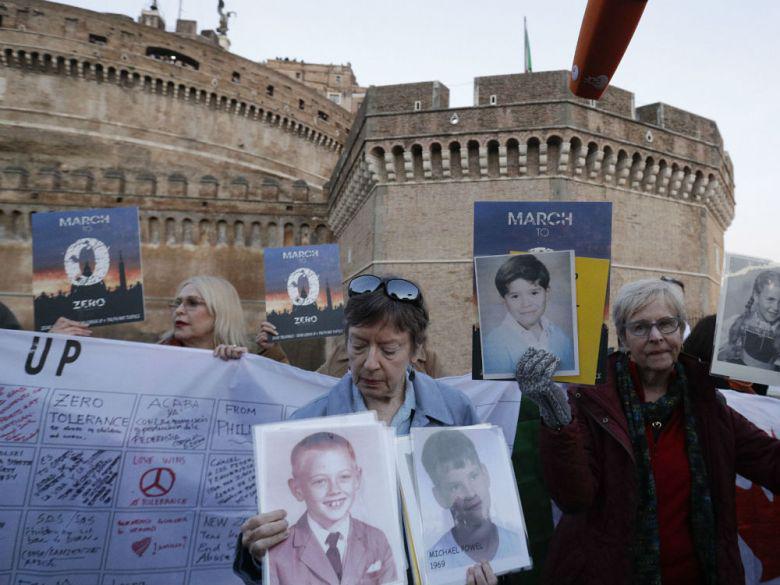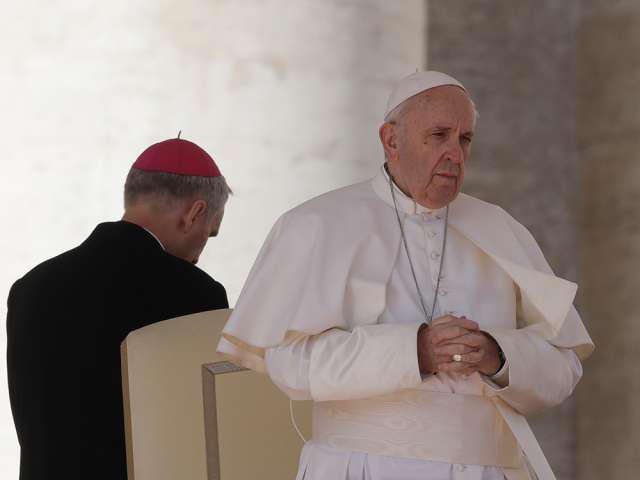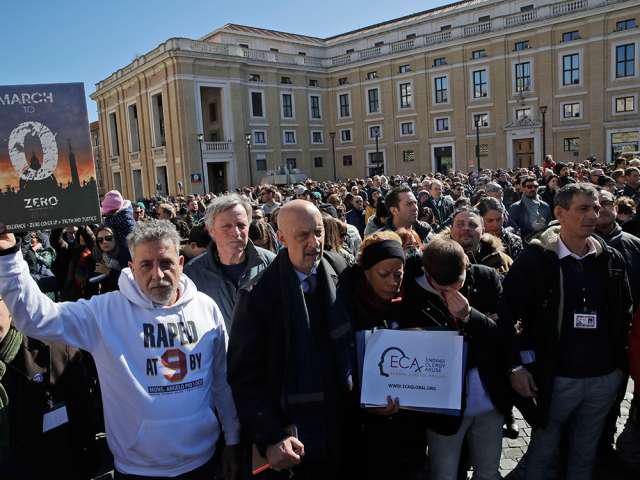|
The Catholic Church must massively reform to prevent more abuse
By Philip Mathias
The governance of the Catholic Church has to change — that’s the real lesson arising from the priest pedophile scandal. For a thousand years, the Church has been run like a medieval monarchy with a “king” at the top — the Pope — who is surrounded by princes (the Cardinals and bishops), all of whom are guided by God. The pedophile scandal deflates that model, making it more wishful thinking than reality, by revealing the Church’s leaders as very ordinary men, who have buried harm to children by priests to cover the Church’s failures. A new model must be developed, one that makes the oh-so-fallible rulers of the Church accountable to the faithful, as much as to their monarch, the Pope. The heart of the scandal is not that perhaps as many as 10 per cent of Catholic priests have molested children. There are pedophiles in other churches, other institutions, and in all walks of life. The scandal is that bishops all over the world have left the wicked priests in ministry, and moved them to new parishes where they could commit their crimes all over again, and then tried to browbeat their little victims into silence. This vile conduct appears to have been universal and may have been secretly ordered by the Vatican to avoid scandal. If that is the case, the “Bride of Christ” has promoted an evil practice. If not, that evil practice was endemic in a Church that teaches others the highest morality. Now, civil authorities in the United States (and elsewhere) are trying to identify more pedophile priests. Clearly, this scandal will continue, perhaps for decades. Meanwhile, the recent Vatican conference to address child abuse produced little in the way of concrete, enforceable measures. Pope Francis tried to take pressure off the Church by saying that child abuse is widespread in society, with 69 per cent of it within families, according to one study. He said the Church must confront this evil throughout society, as well as within the Church, which will employ unspecified “disciplinary … processes.” But he condemned those who constantly attack the Church (presumably the unrequited victims) as friends of “the Devil.” Abuse survivors hoped for more, such as punishment of each and every bishop who was guilty of coverup, but this is unrealistic because Francis would have to punish almost all of them. Besides, any Pope would be reluctant to punish bishops who acted in the sincere belief they were protecting “Our Holy Mother the Church” from scandal. When Cardinal Bernard Law was forced to resign as bishop of Boston in 2002 over the pedophilia scandal, Pope John Paul II rewarded his loyalty to the Church by giving him a top position in Rome. Arguably, the bishops’ coverups were not, to them, wilful consent to evil — the coverups were deeply rooted in the Church’s constitution, one that combines three antediluvian elements: absolute top-down governance, military-style obedience to one’s superior, and a belief that the Catholic Church is “the Bride of Christ” and must not seem to be sinful. Add to that, a presumption by the hierarchy that it is them, the priests and the bishops, who constitute “the Church,” not so much the faithful who follow them. For instance, Pope Francis condemned critics of “the Church,” when the criticism is all aimed at the conduct of the bishops. The consequence of this brilliant model of God’s “shining city on the hill” is that the shine must be maintained at all costs, hence the coverups. But within the Holy City, there is darkness — even its priests feel impotent. Bishops are mostly unapproachable by the people they govern. Recently, when Cardinal Theodore McCarrick, of Newark, N.J., was fired from the priesthood by Pope Francis for horrific sexual sins, it emerged that his conduct had been well known to people around him for years, but his great power had discouraged them from speaking out. And so, it is not only the bishops who covered up: it is almost everybody surrounding them. What is truly sad about the Catholic pedophilia scandal is that it was driven early on by the secular media and more lately by legal authorities in the United States, which has given victims the courage to speak out. Very little of the baleful information about children wounded for life has been released by the Church itself, except obliquely in its vigorous defence of lawsuits brought against it by the victims. Undoubtedly, many cardinals, bishops and priests are holy people. But the overall structure of the Church is clearly broken and it has led top prelates to cover up horrific conduct to maintain the appearance of holiness. What needs to be recognized in any new structure is that it is all the faithful who are inspired by God, not only the top-down hierarchy.
|
.
Any original material on these pages is copyright © BishopAccountability.org 2004. Reproduce freely with attribution.


